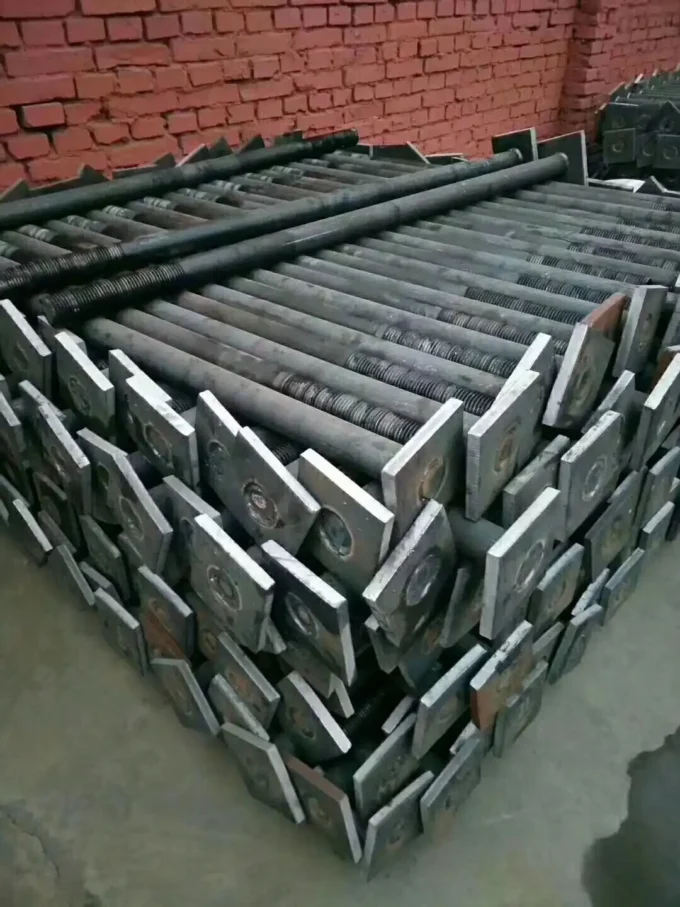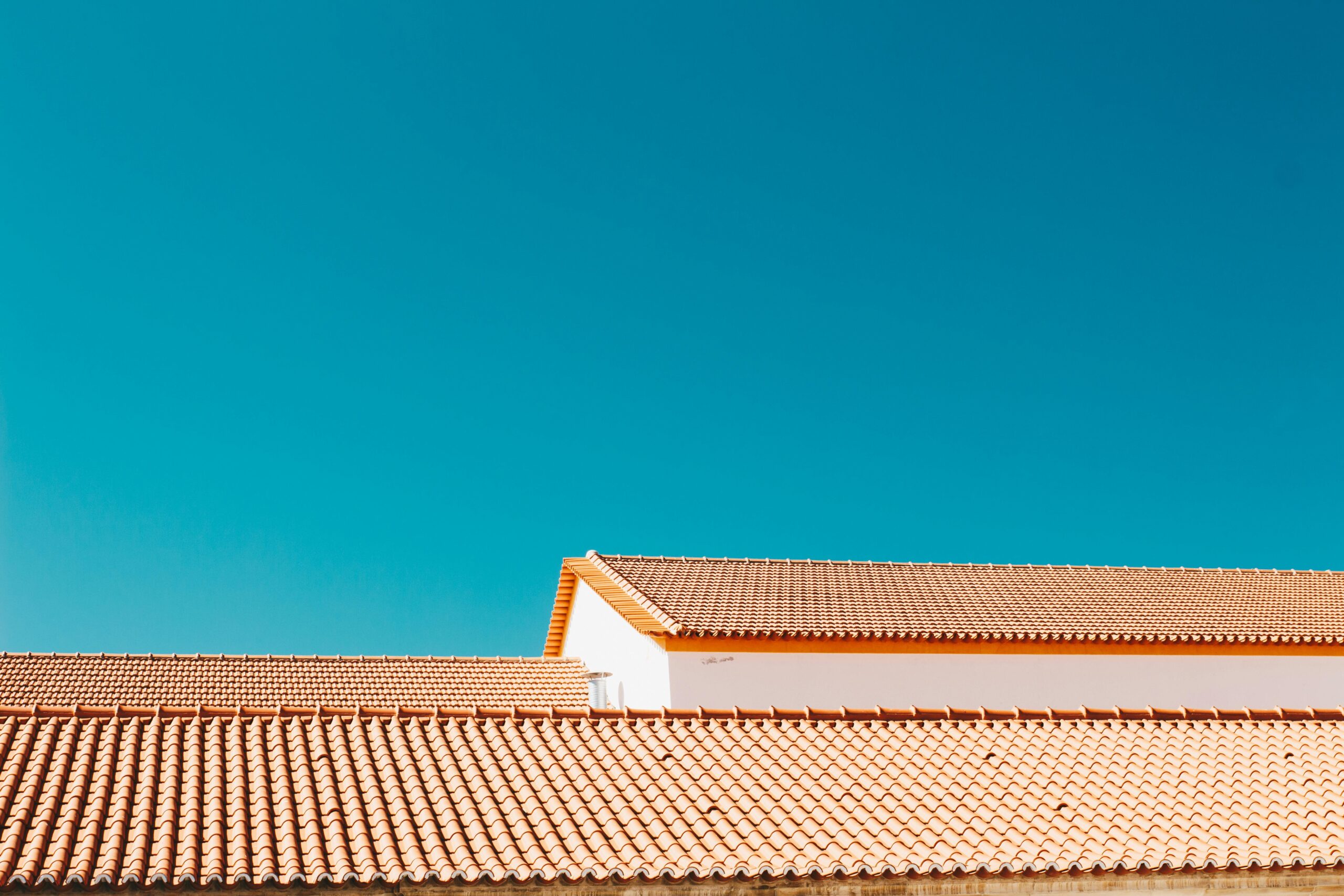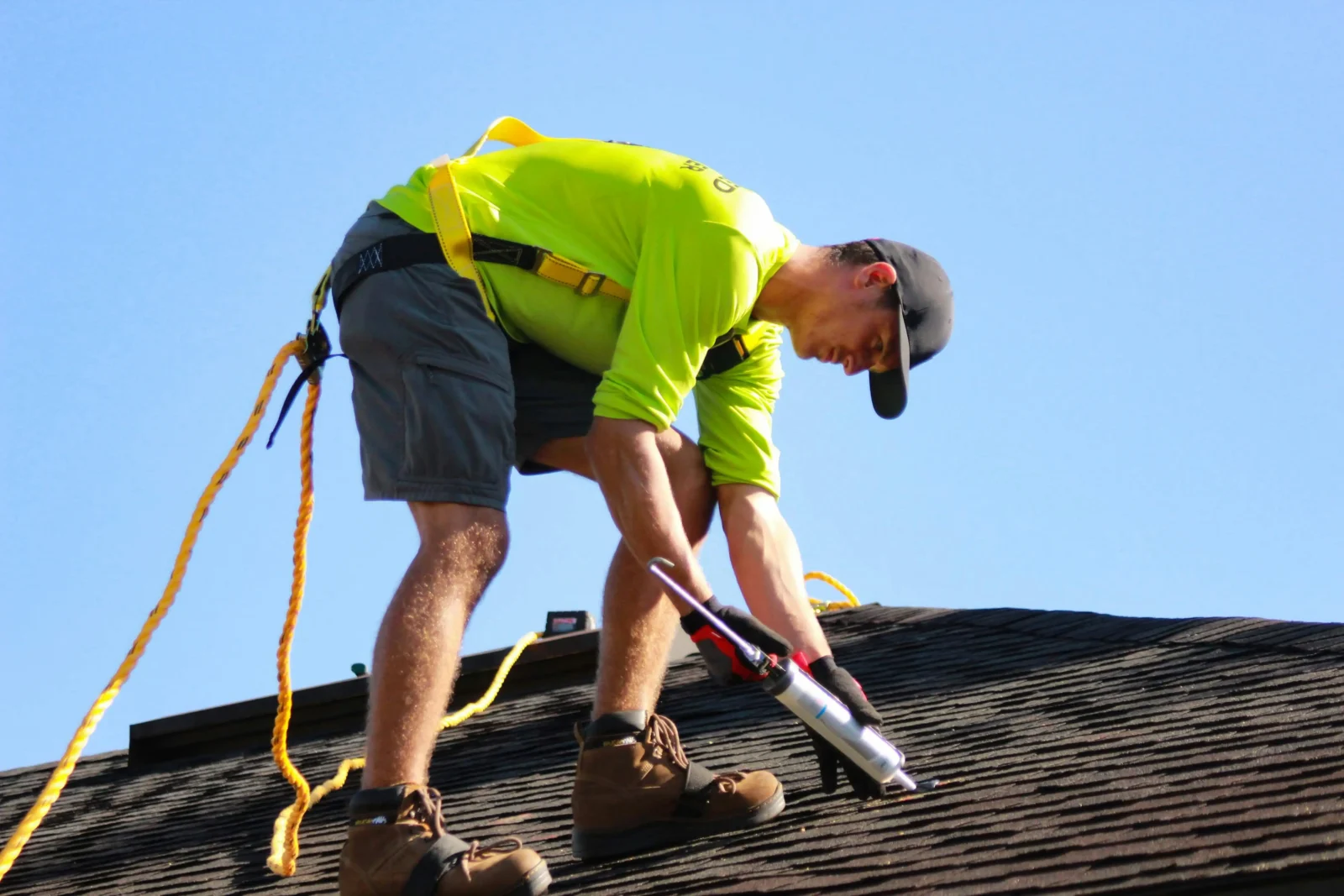- Home
- Articles
- Architectural Portfolio
- Architectral Presentation
- Inspirational Stories
- Architecture News
- Visualization
- BIM Industry
- Facade Design
- Parametric Design
- Career
- Landscape Architecture
- Construction
- Artificial Intelligence
- Sketching
- Design Softwares
- Diagrams
- Writing
- Architectural Tips
- Sustainability
- Courses
- Concept
- Technology
- History & Heritage
- Future of Architecture
- Guides & How-To
- Projects
- Interior Design
- Competitions
- Jobs
- Store
- Tools
- More
- Home
- Articles
- Architectural Portfolio
- Architectral Presentation
- Inspirational Stories
- Architecture News
- Visualization
- BIM Industry
- Facade Design
- Parametric Design
- Career
- Landscape Architecture
- Construction
- Artificial Intelligence
- Sketching
- Design Softwares
- Diagrams
- Writing
- Architectural Tips
- Sustainability
- Courses
- Concept
- Technology
- History & Heritage
- Future of Architecture
- Guides & How-To
- Projects
- Interior Design
- Competitions
- Jobs
- Store
- Tools
- More
How Weather Affects Your Roof and How to Protect It

Your roof is one of the most important parts of your home, offering shelter and protection from the elements. Over time, different weather conditions can weaken and damage your roof, leading to costly repairs or even the need for replacement. Understanding how weather impacts your roof and taking the necessary steps to protect it can extend its lifespan and save you significant amounts of money in the long run. In this article, we will explore how different weather conditions affect your roof and provide you with tips on how to protect it.

Table of Contents
ToggleStructural Damage: How the Weather Can Compromise Your Roof
Weather can cause significant damage to your roof’s structure, especially during extreme conditions like storms, high winds, and heavy snow. The materials used in roofing systems, such as shingles, tiles, and metal, are designed to withstand a range of weather patterns, but persistent or severe weather can still take its toll. When your roof is compromised by severe weather, the internal structure of your home becomes vulnerable as well. If you’re unsure of the extent of the damage, it’s advisable to contact residential roofing services to assess and repair any issues. This will prevent roofing issues and help your roof last longer.
The Impact of Heavy Rain and Water Damage
Rain is one of the most common weather conditions that can affect your roof. Persistent heavy rainfall can seep into small cracks and gaps, leading to water damage over time. The water can infiltrate beneath your shingles, tiles, or other roofing materials, compromising the underlying structure. This can result in rotting wood, mold, and even leaks inside your home.
Proper drainage systems, such as gutters and downspouts, are crucial in diverting rainwater away from the roof. Regular cleaning of your gutters will help prevent water buildup that could lead to leaks and further damage. By ensuring that rainwater flows freely off your roof, you can minimize the risk of water-related issues.
High Winds and Shingle Loss
Wind is another weather condition that can cause serious damage to your roof. High winds, especially during storms or hurricanes, can lift shingles and other roofing materials, leaving your roof exposed. Once shingles are damaged or displaced, the underlying layers become vulnerable to water infiltration, which can lead to leaks and significant structural damage.
To protect your roof from wind damage, ensure that your shingles or tiles are securely fastened and that any loose or damaged materials are promptly replaced. Additionally, if you live in an area prone to high winds, investing in impact-resistant roofing materials can provide extra protection.
The Effects of Snow and Ice on Your Roof
In regions where snow and ice are common during winter, these weather conditions can place considerable stress on your roof. Snow buildup can be heavy, adding significant weight to your roof, which can lead to sagging or even structural collapse in extreme cases. Ice dams, which form when melting snow refreezes along the roof’s edge, can prevent proper water drainage and cause water to back up under the shingles.
To protect your roof from snow and ice damage, ensure that your roof is properly insulated and ventilated. This will prevent ice dams from forming and allow for proper snow drainage. Regularly removing excess snow from your roof can also reduce the risk of damage from its weight.
Extreme Heat and Roof Materials

Hot summer temperatures can be just as damaging to your roof as cold winter weather. Prolonged exposure to extreme heat can cause roofing materials, especially asphalt shingles, to warp, crack, or deteriorate. When shingles become brittle, they lose their ability to protect your home from the elements, leaving the roof vulnerable to further damage.
To protect your roof from heat-related damage, consider applying a reflective coating to reduce the amount of heat absorbed by the roofing materials. This can help extend the lifespan of your roof and keep your home cooler in the summer months. Regular roof inspections can also catch any issues related to heat before they become significant problems.
The Role of Regular Maintenance in Roof Protection
One of the most effective ways to protect your roof from weather damage is through regular maintenance. This includes periodic inspections to check for damaged shingles, clogged gutters, and signs of wear. Catching issues early can prevent them from becoming more costly repairs down the road.
Make sure to clear any debris from your roof and gutters to allow for proper drainage. Trimming nearby trees to prevent branches from rubbing against the roof can also reduce the risk of damage during storms. Regular inspections and maintenance will help keep your roof in optimal condition, allowing it to withstand whatever weather conditions may come its way.
The weather has a significant impact on your roof, but with the right care and attention, you can protect it from the harshest conditions. Whether it’s high winds, heavy rain, extreme heat, or snow, understanding the risks associated with each type of weather can help you take the necessary precautions. Taking proactive steps now will ensure your roof remains strong and durable for years to come.
illustrarch is your daily dose of architecture. Leading community designed for all lovers of illustration and #drawing.
Submit your architectural projects
Follow these steps for submission your project. Submission FormLatest Posts
Simple and Stylish Roof Ideas for Homeowners
When designing your home, don’t overlook the roof. It’s essential for both...
Key Qualities to Look For in a Residential Roofing Contractor
Choosing a residential roofing contractor involves careful consideration. The roof is a...
Top Signs It’s Time to Replace Your Gutters, Not Just Repair Them
What plays a crucial role in protecting your roof down to the...
From Planning to Completion: Steps for a Successful Roof Project
Undertaking a roofing project can be a daunting experience. Whether you are...












Leave a comment